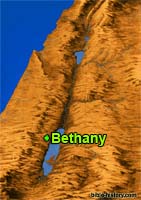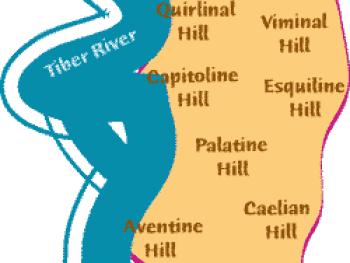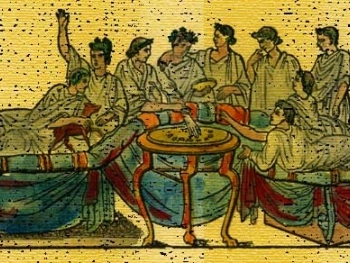
The Persian Gulf marked the southeast corner of the world of the Old Testament, with the Caspian Sea marking the northeast corner. Many rivers flow into the Persian Gulf including the famous Tigris and Euphrates rivers. In Old Testament times the northwestern border of the Persian Gulf extended much further, perhaps 50 miles or more, closer to one of its famous cities, Ur of the Chaldees where Abraham was born.
Source: The Old Testament World











